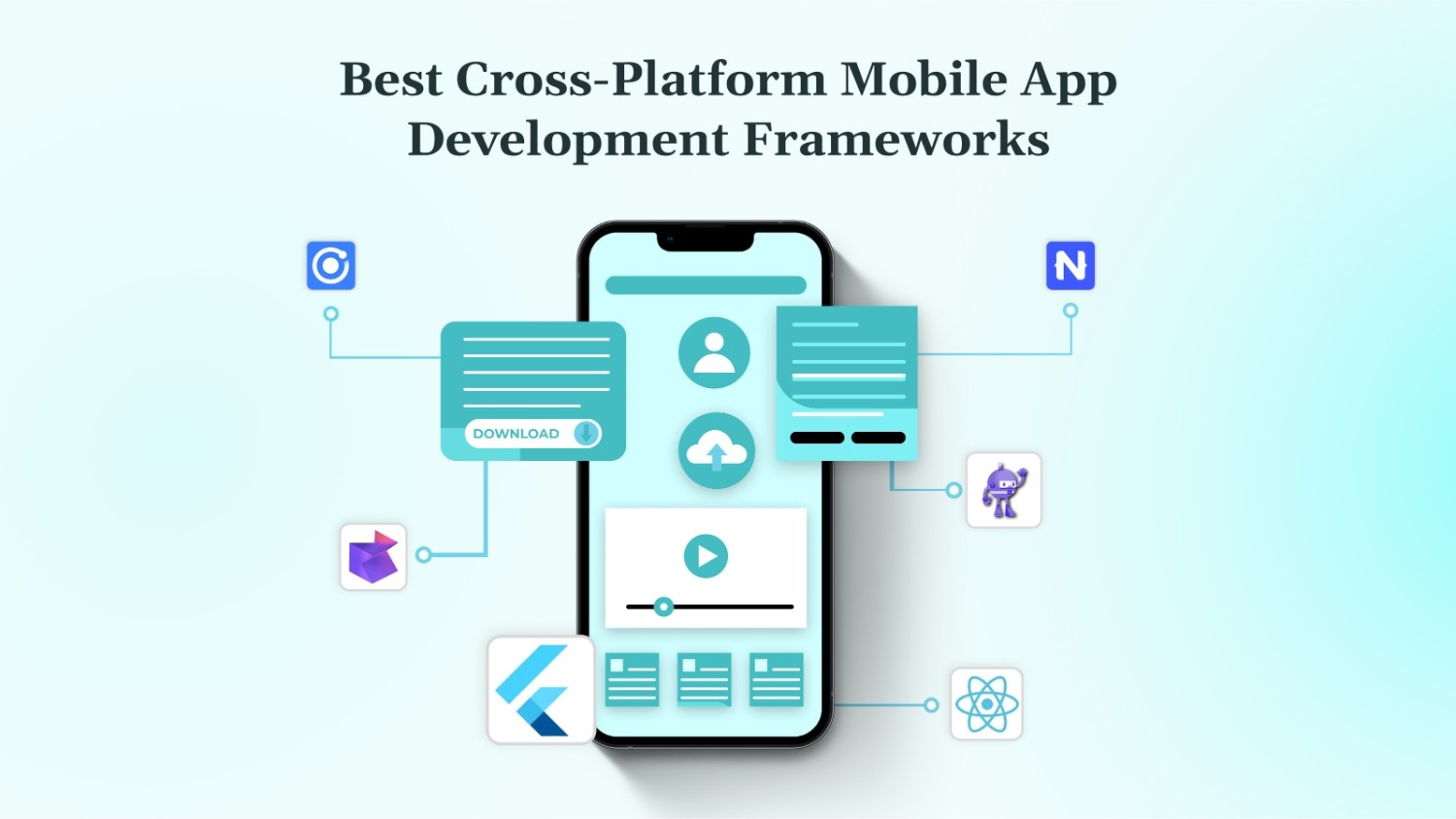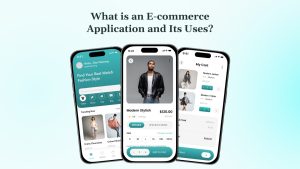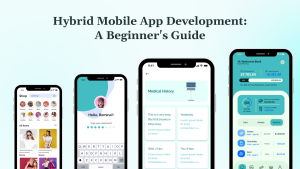Building and maintaining native apps for multiple platforms can be time-consuming, budget-intensive, and strain team capacity. It often leads to duplicated effort, inconsistent UX, and slower release cycles.
If you are scaling with limited resources or balancing multiple priorities, this quickly becomes unsustainable. On the contrary, cross-platform mobile app development offers a smarter path. One codebase can support multiple platforms, thereby shortening your delivery timelines.
But with dozens of frameworks available, choosing the right one can often feel overwhelming. The wrong pick could slow your team down or create long-term technical debt.
This guide breaks it down clearly. We compare the top frameworks for 2025, highlighting their strengths and trade-offs, and help you match the right tool to your team, product, and stack.
Key Takeaways
- Cross-platform development enables you to ship iOS and Android apps faster with a single codebase, thereby reducing costs and development effort.
- Top frameworks in 2025: Flutter, React Native, Kotlin Multiplatform, Ionic, .NET MAUI, and NativeScript. Each framework fits different team skills and product needs.
- Flutter offers unmatched UI control and is ideal for design-heavy apps; React Native is best for teams already using JavaScript or React.
- Kotlin Multiplatform stands out for Android-first teams who want native performance without losing code reuse.
- Your team’s language proficiency should drive framework selection, need for UI control, vendor stability, and long-term maintenance overhead.
Why Go for Cross-Platform Development in 2025?
Cross-platform mobile app development enables teams to build apps for iOS and Android using a single codebase. It speeds up delivery, cuts duplicate work, and simplifies updates. Moreover, as frameworks mature, more teams are using this approach to scale faster and ship consistently across platforms.
Key advantages include:
- Faster time to market with shared code.
- Lower development costs by reducing redundancy.
- Consistent UI/UX across devices.
- Simplified maintenance with unified updates.
- Streamlined onboarding with fewer tech stacks.
- Wider talent access through common languages like JavaScript or Kotlin.
Overall, it is a proven method for moving quickly without compromising on quality. Now that you understand why cross-platform is the way to go, the next step is to determine which frameworks are currently trending among tech teams.
Top Cross-Platform Mobile App Development Frameworks
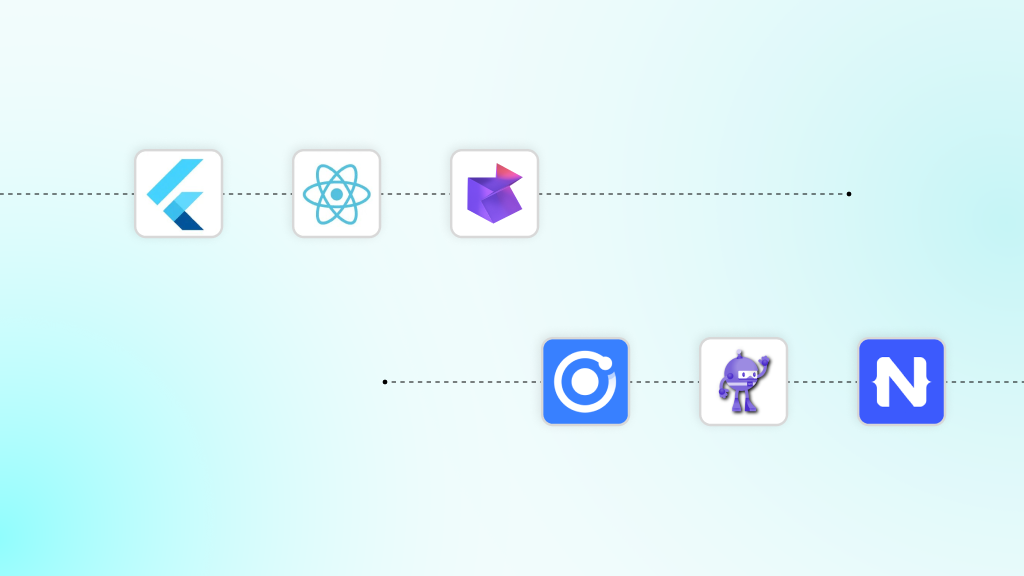
Choosing the proper framework means balancing performance, flexibility, team skills, and long-term support. The options below are the most widely adopted by high-performing engineering teams building for scale.
Here is a breakdown of the top frameworks worth evaluating:
1. Flutter
A UI toolkit from Google for building apps with a native feel using Dart. It provides complete control over the UI, supports rich animations, and works seamlessly across mobile, web, and desktop platforms.
Language: Dart
UI/UX Strengths: Custom rendering engine, tight control over visuals, Material Design support
Dev Speed: Hot reload enables rapid iteration
Community: Active open-source backing, large plugin ecosystem
Use Case Fit: Ideal for design-heavy apps and fast prototyping cycles
Best suited for teams that prioritize design control and rapid iteration.
2. React Native
A JavaScript-based framework built on React for creating native-style apps across platforms. It lets developers use a familiar stack and ship apps quickly, with strong support for third-party libraries and tools.
Language: JavaScript
UI/UX Strengths: Native component rendering, responsive UI
Dev Speed: Fast Refresh allows instant updates
Tooling & Debugging: Comes integrated with Flipper for debugging
Community: One of the largest open-source communities
Use Case Fit: Great for consumer apps, MVPs, and apps requiring shared logic with a web front-end
A strong choice for teams already invested in React or JavaScript.
3. Kotlin Multiplatform Mobile (KMM)
A JetBrains framework for sharing code across mobile, web, and desktop while keeping native UI. It is exceptionally efficient for Android-first teams who want code reuse without losing platform-specific power.
Language: Kotlin
UI/UX Strengths: Compose Multiplatform enables shared and native UI flexibility
Dev Speed: Strong Android compatibility reduces ramp-up time
Integration: Works well in mixed native and shared projects
Community: Backed by JetBrains, stable and growing user base
Use Case Fit: Best for Android-heavy teams needing native performance across platforms
Ideal for Kotlin-heavy teams needing deep platform control.
4. Ionic
A framework for building mobile apps using familiar web technologies. It is well-suited for delivering hybrid apps quickly and supports integration with Angular, React, or Vue for flexibility in tech stacks.
Language: JavaScript (with Angular, React, or Vue)
UI/UX Strengths: Prebuilt mobile-first components, responsive UI
Dev Speed: CLI tools accelerate setup and deployment
Native Access: Uses Capacitor and Cordova to access device features
Community: Active forums, frequent updates
Use Case Fit: Perfect for teams with strong web dev skills entering mobile
Best suited for web teams transitioning into mobile development.
5. .NET MAUI
Microsoft’s evolution of Xamarin for building native apps across mobile and desktop. It offers tight integration with Visual Studio, a single project structure, and strong tooling for enterprises.
Languages: C#, XAML
UI/UX Strengths: Native UI with multi-targeting for all platforms
Dev Speed: Hot reload and unified project structure
Integration: Tightly integrated with the Microsoft ecosystem
Community: Supported by Microsoft, good enterprise tooling
Use Case Fit: Great fit for enterprise apps, internal tools, and existing .NET teams
Fits nicely in enterprise stacks already using a Microsoft ecosystem, Azure, or .NET technologies.
6. NativeScript
A JavaScript-based framework that lets you access native APIs directly and build without WebViews. It offers solid performance for small, focused apps and supports Angular and Vue.
Languages: JavaScript, TypeScript
UI/UX Strengths: Renders real native UIs without relying on WebViews
Dev Speed: Streamlined for simple apps with fewer dependencies
Native Access: Direct calls to native APIs
Community: Small but supportive developer base
Use Case Fit: Suitable for lightweight apps with focused features
Best for smaller teams familiar with JS frameworks who need native capability.
Each of these frameworks comes with trade-offs in terms of performance, complexity, and team fit. To help you evaluate the options more clearly, here is a side-by-side comparison of the top cross-platform frameworks covered in this guide:
| Framework | Language | Platforms | Main Benefit | Main Flaw | Popular Apps |
|---|---|---|---|---|---|
| Flutter | Dart | iOS, Android, Web, Desktop | High-performance UI, fast iteration | Large app size | Google Pay, Alibaba, BMW |
| React Native | JavaScript | iOS, Android, Web | Large community, native-like components | Slightly lower performance than native apps | Facebook, Microsoft Outlook, Shopify |
| Kotlin Multiplatform | Kotlin | iOS, Android, Web, Desktop, Server | Shared business logic, native flexibility | Smaller ecosystem, limited UI libraries | Netflix, Cash App, VMware |
| Ionic | HTML, CSS, JavaScript | iOS, Android, Web | Familiar web technology, fast MVP development | WebView reliance, limited native performance | Southwest Airlines, Sanvello, Shipt |
| .NET MAUI | C#, XAML | iOS, Android, macOS, Windows | Unified project system, strong enterprise fit | Still maturing, Windows-first experience bias | NBC Sports Next, Escola Agil, Irth Solutions |
| NativeScript | JavaScript, TypeScript | iOS, Android | Direct access to native APIs, no WebViews | Steep learning curve, smaller community | Puma, Airbnb Design, Sennheiser |
Remember that the right choice depends on your tech stack, product goals, and the level of control you need over the user experience.
How To Choose the Right Cross-Platform App Development Framework
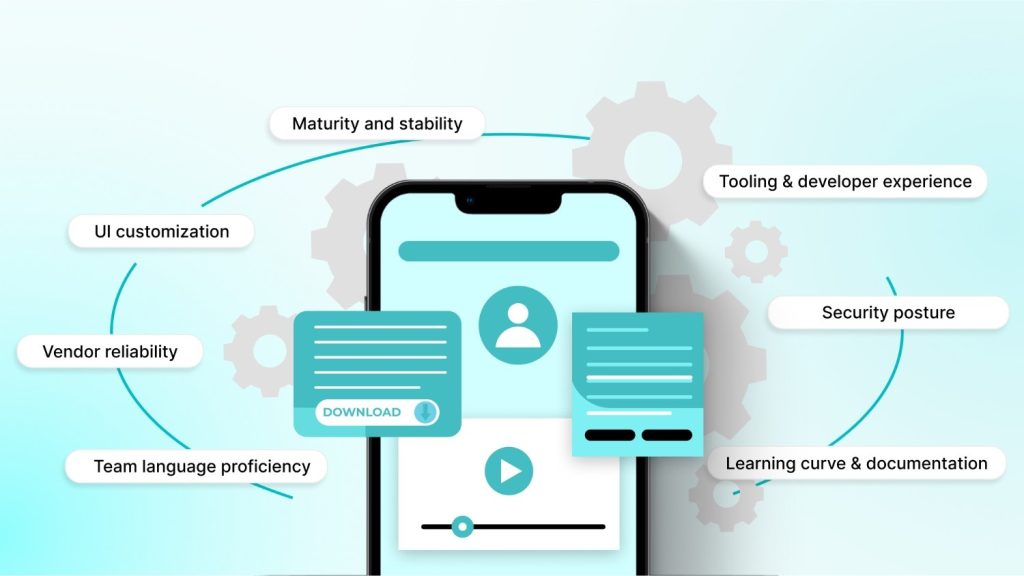
Even the most capable framework will fall short if it does not align with your team, product, or long-term goals. Beyond feature sets, the right choice depends on your internal capabilities and project context.
To reduce risk and improve ROI, evaluate each option against these key factors:
- Team language proficiency: Select a framework that aligns with your existing tech stack and developer skills.
- Vendor reliability and support: Look for active maintenance, regular updates, and responsive support channels.
- UI customization flexibility: Evaluate how much design control the framework provides, especially if UI is core to your product.
- Maturity and stability: Opt for frameworks with stable APIs and those that are rarely affected by OS-level changes.
- Tooling and developer experience: Ensure the framework supports debugging, testing, and CI/CD integration.
- Security posture: Verify that the framework incorporates secure storage, authentication, and other essential controls.
- Learning curve and documentation: Opt for frameworks with strong documentation, tutorials, and active communities.
The proper framework should make your team faster, not busier. A good fit removes friction and supports your app across the full development lifecycle.
How DEVtrust Helps You Build Smarter, Scalable Mobile Apps
Choosing the proper cross-platform framework is only the first step. Turning that decision into a high-performing, scalable product takes engineering depth, technical clarity, and the right development partner.
At DEVtrust, we work with product owners and tech leaders to build mobile applications that scale with your roadmap. Our teams utilize frameworks such as Flutter, React Native, and Kotlin Multiplatform to deliver cross-platform apps that perform, integrate seamlessly, and evolve in tandem with your business.
We build solutions across HealthTech, FinTech, EdTech, Logistics, and AI/ML. Whether you are launching a new product or modernizing an existing stack, we help you reduce overhead, move faster, and stay aligned with your goals.
Our full-stack expertise includes:
- Mobile and web app development
- Custom backend systems and APIs
- Seamless third-party integrations
- Scalable infrastructure on AWS, GCP, and Azure
- Clean, responsive front-end interfaces
- Automation, data security, and QA
Ready to build fast and scale with confidence? Let us talk about your cross-platform app vision.
Best Cross Platform Mobile App Development Frameworks for 2025
Compare top cross platform mobile app development frameworks: Flutter, React Native, Ionic. Explore language support, native features, and community benefits. Start building your app today!
Contact Us